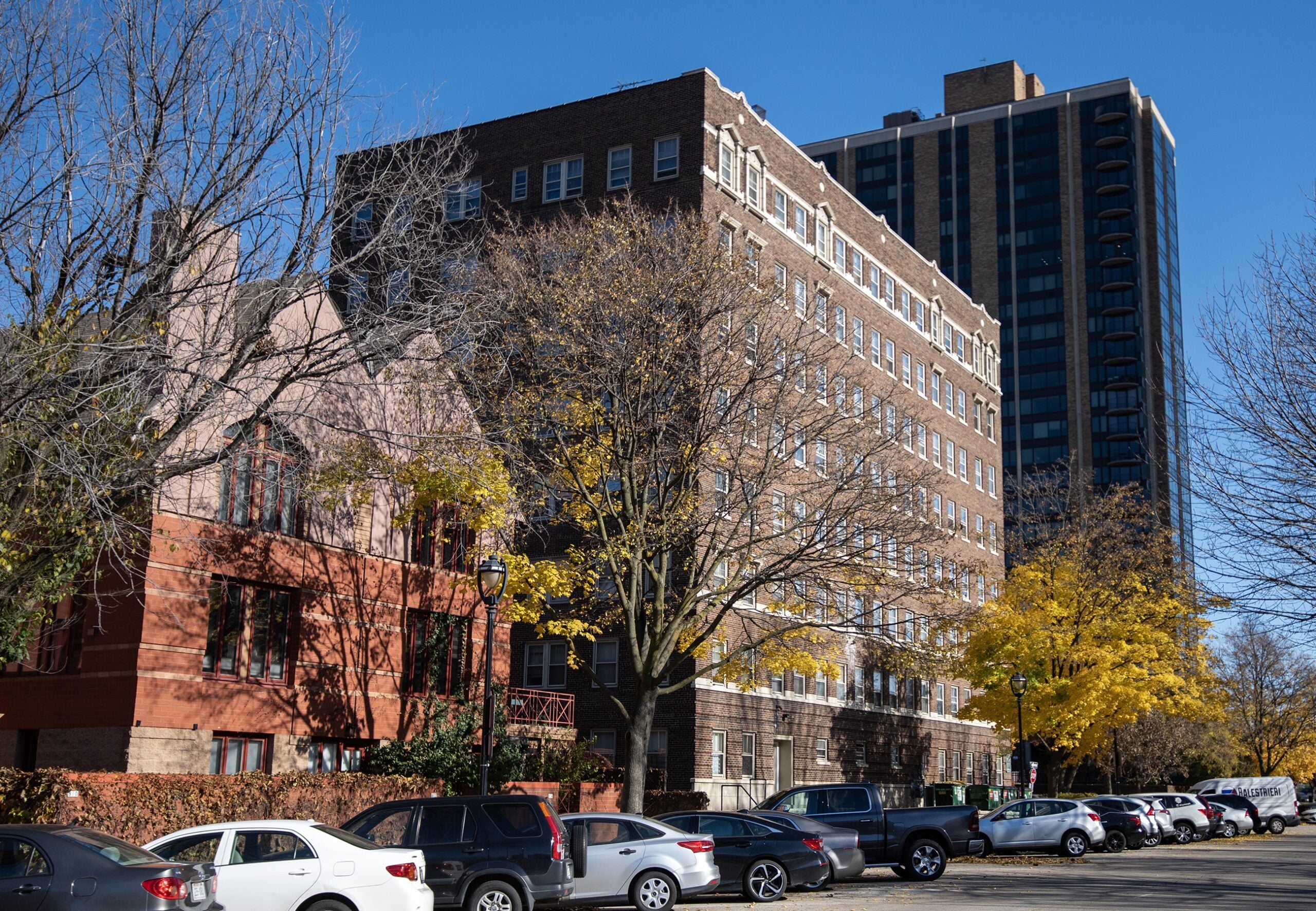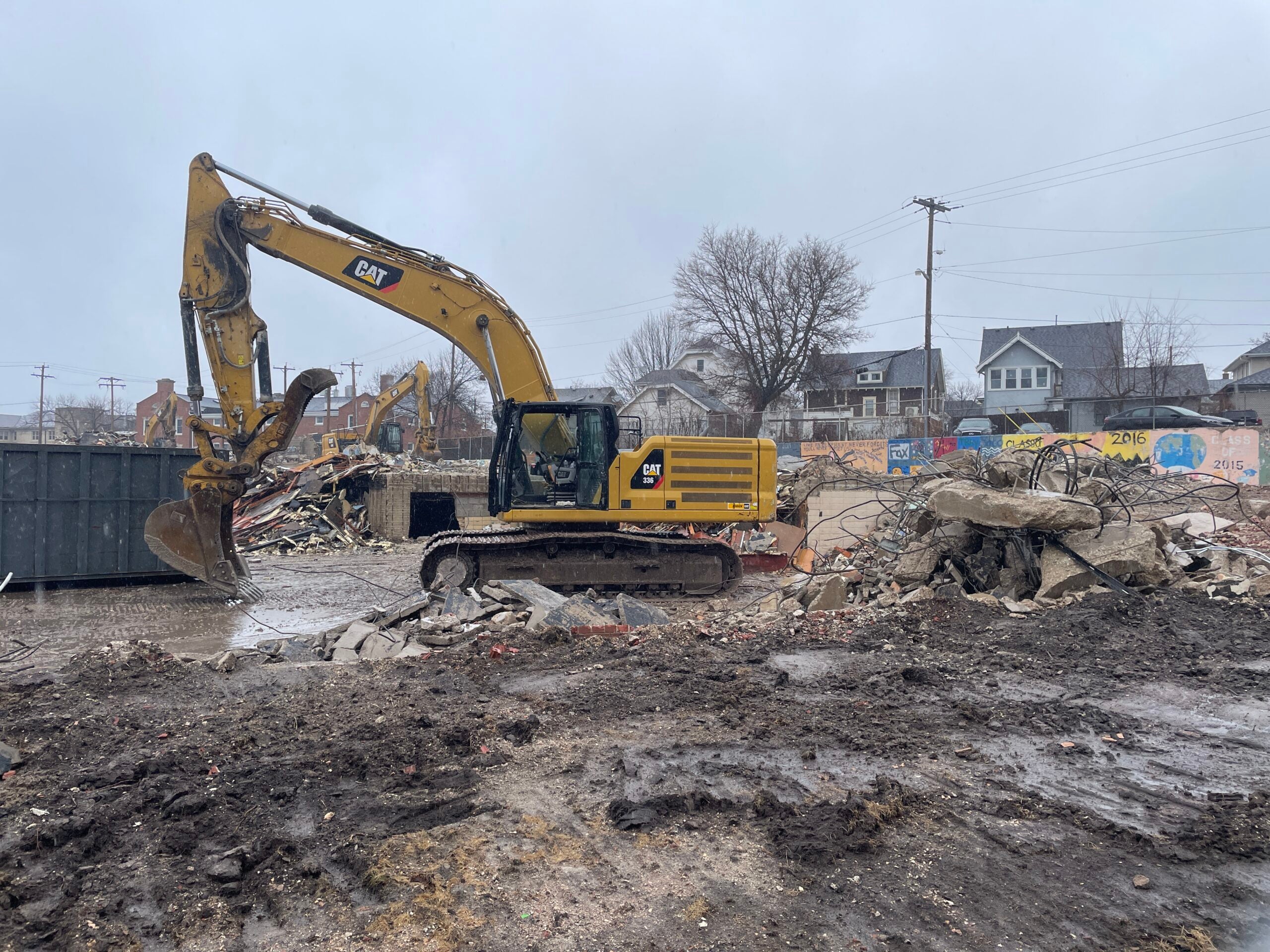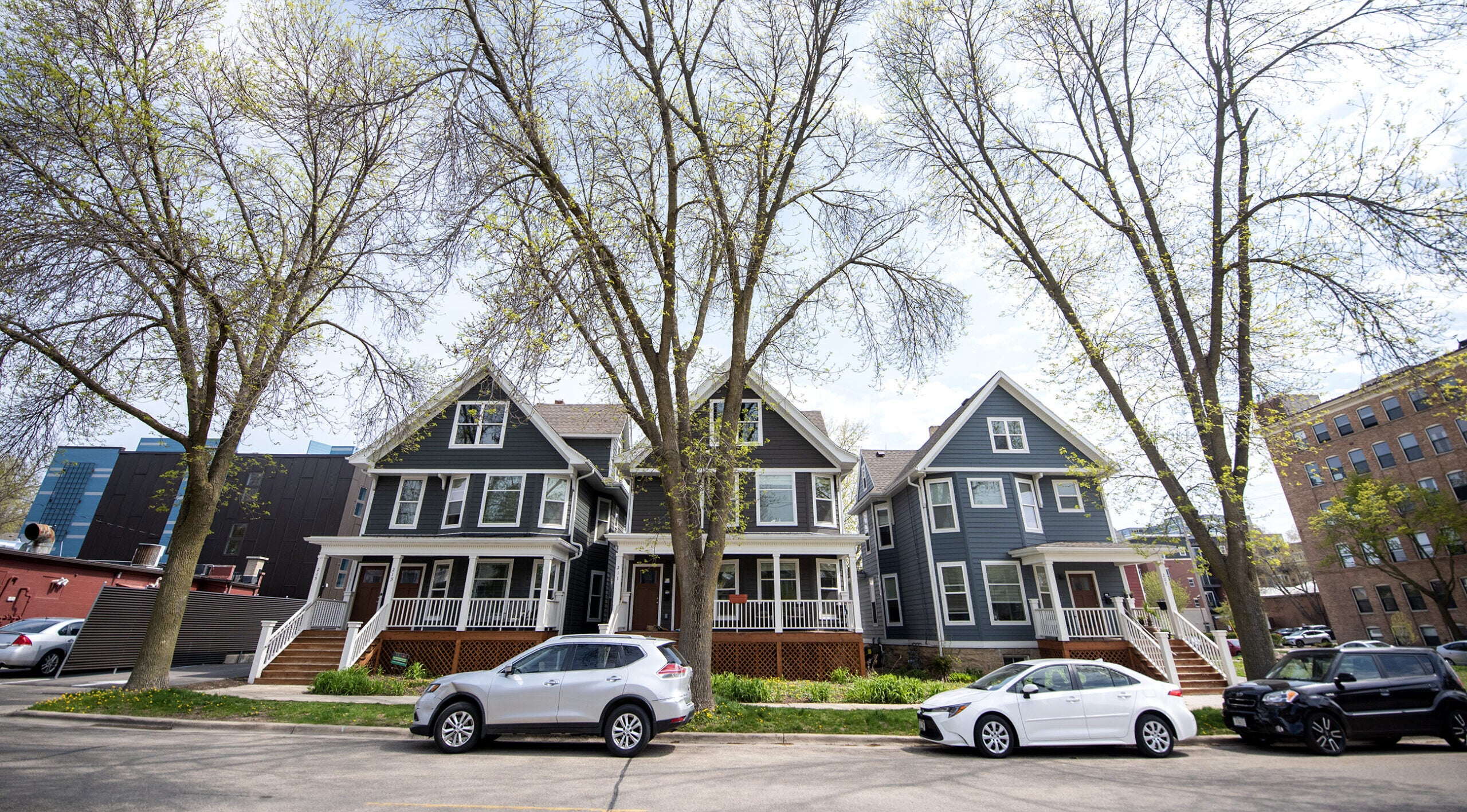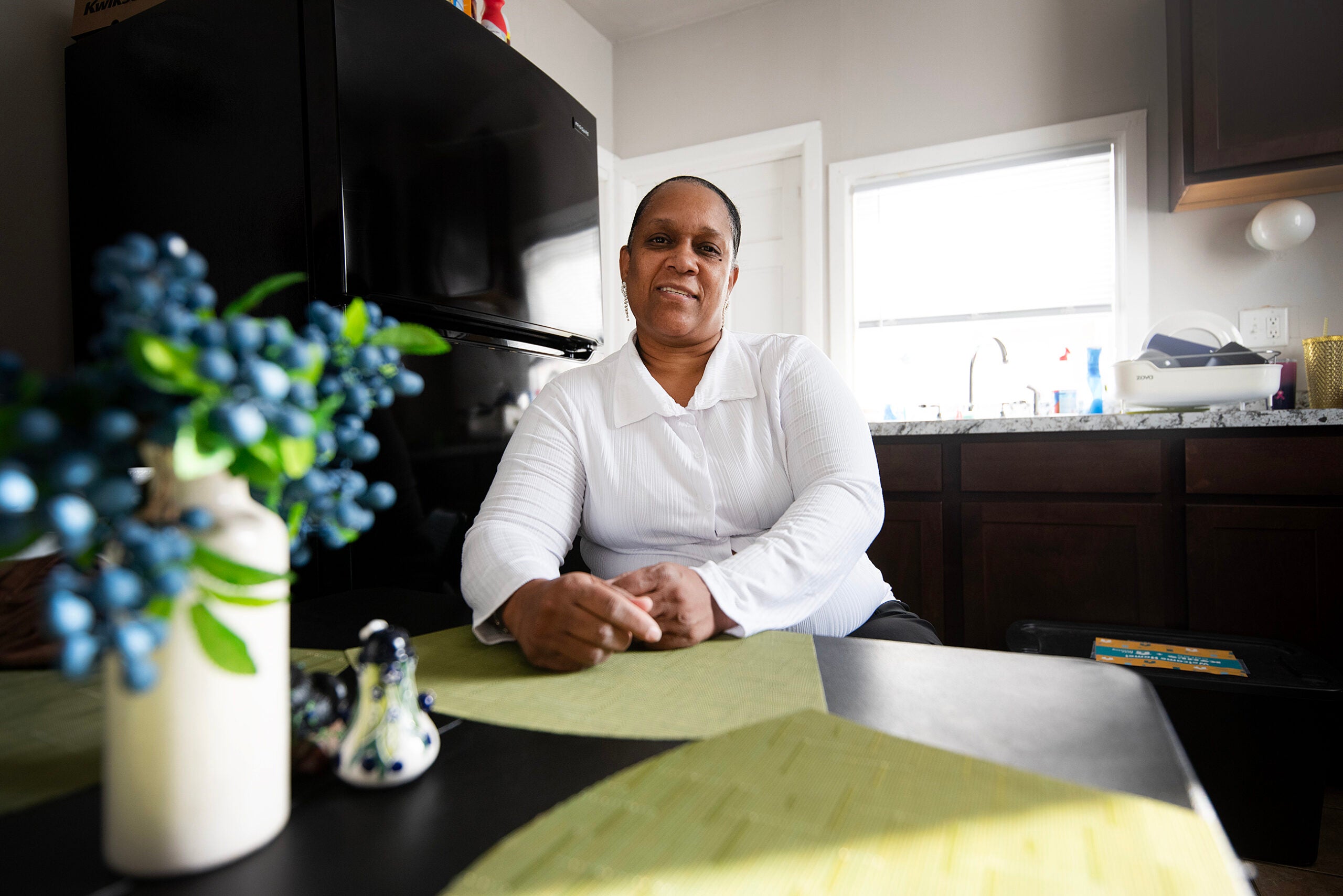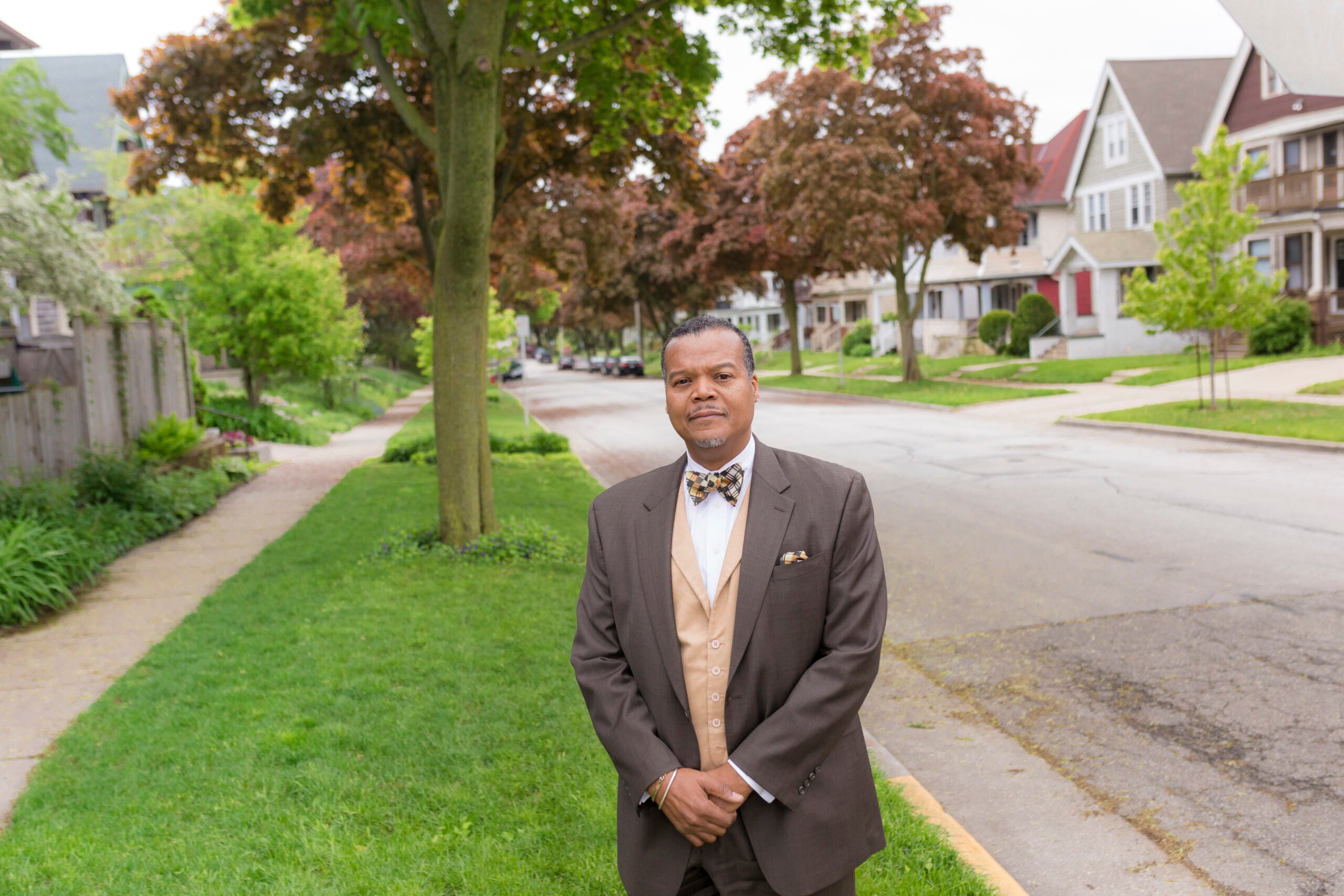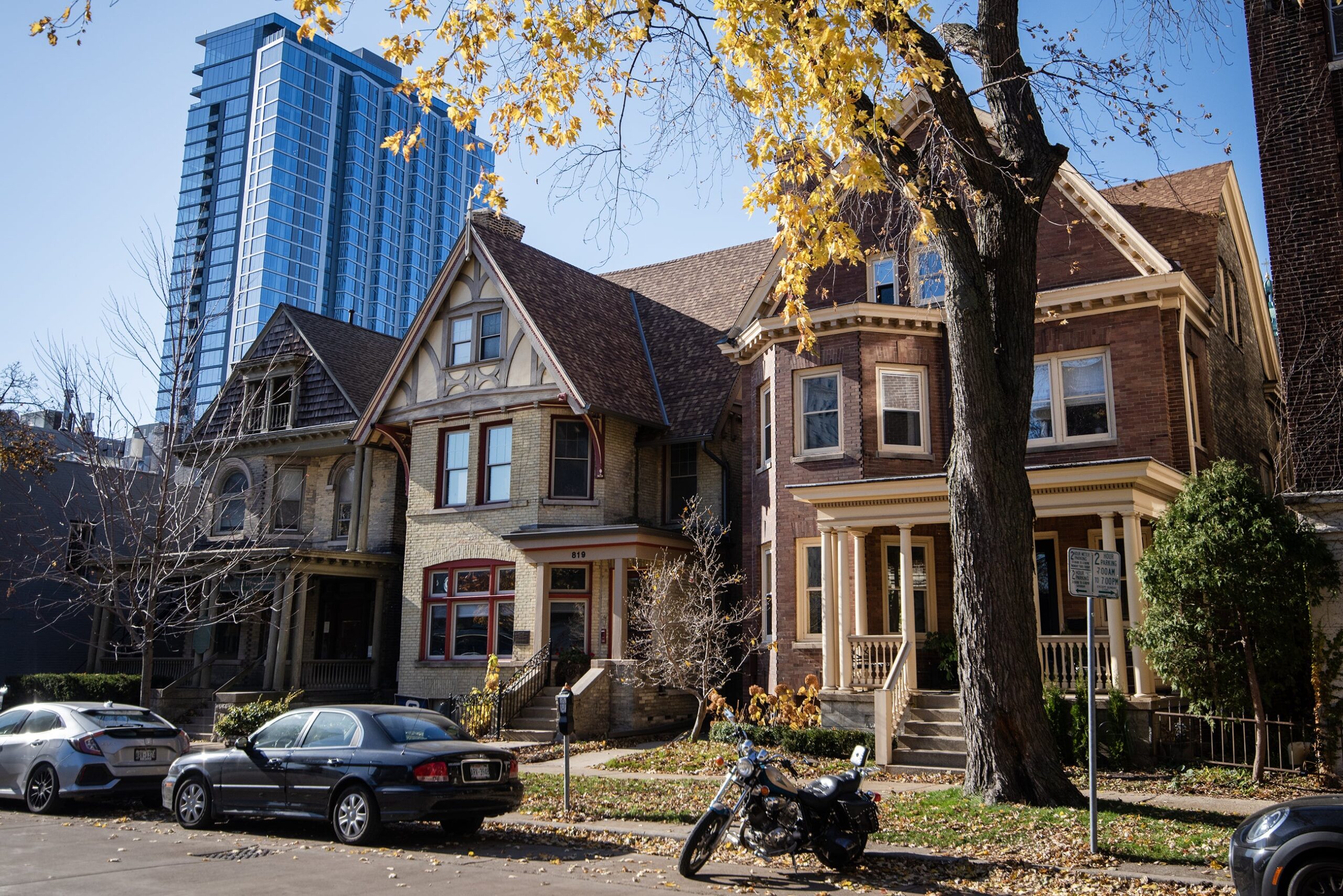Since last year, Milwaukee has been developing a set of proposed changes to the city’s zoning code.
Dubbed Growing MKE, the changes would make it easier for developers to build more housing across several of the city’s zoning categories. According to planners, an increased housing supply would slow the growth of rents in Milwaukee.
The City Plan Commission was set to vote on the changes at a July meeting when intense public opposition — citing a nontransparent planning process and concerns about the gentrification of Black neighborhoods — delayed the vote and sent Growing MKE into an extended public “engagement” period.
Stay informed on the latest news
Sign up for WPR’s email newsletter.
That period is continuing through the holidays with two November webinars, and two December open houses.
At the Nov. 20 webinar, city planner Tanya Fonseca said the changes would ease the burden of housing costs on residents. According to an April Realtor.com report, rents in Milwaukee have grown over 30 percent since pre-pandemic levels.
“When enough housing supply is being built, there is less competition amongst residents for the available housing, helping stabilize housing costs for residents,” she said.
According to the planners’ presentation at that meeting, Growing MKE consists of two specific zoning recommendations.
The first would open up areas of the city zoned for single-family houses — about 40 percent of Milwaukee residential properties — to duplexes, triplexes, townhouses and accessory units like in-law apartments. In zones that already allow these categories, fourplexes would also be permitted.
The second would make it easier to build large apartment buildings in commercial areas by getting rid of a unit-per-lot-size ratio that limits the amount of permissible apartments above street-level businesses.
Previous versions of the plan, including the one discussed at the Plan Commission’s July meeting, included a controversial recommendation to reduce or eliminate parking spot requirements for new developments.
“We don’t have proposed changes to parking requirements right now, because we know that that will require further study,” said Fonseca when asked about the requirement during the webinar.
Responding to a question about the relationship between housing supply and food deserts, planner Amy Oeth called it a “chicken or an egg” situation.
“Some of our neighborhoods that have the most businesses, and people in walkable environments, have the greatest density and mix of housing,” she said.
City Planning Director Sam Leichtling said the plan prioritizes existing residents over attracting new population growth.
“We talk about growth and the benefits growth can bring, but that’s secondary to ensuring that existing residents are able to access safe and decent housing, that we’re able to access amenities in existing neighborhoods,” he said.
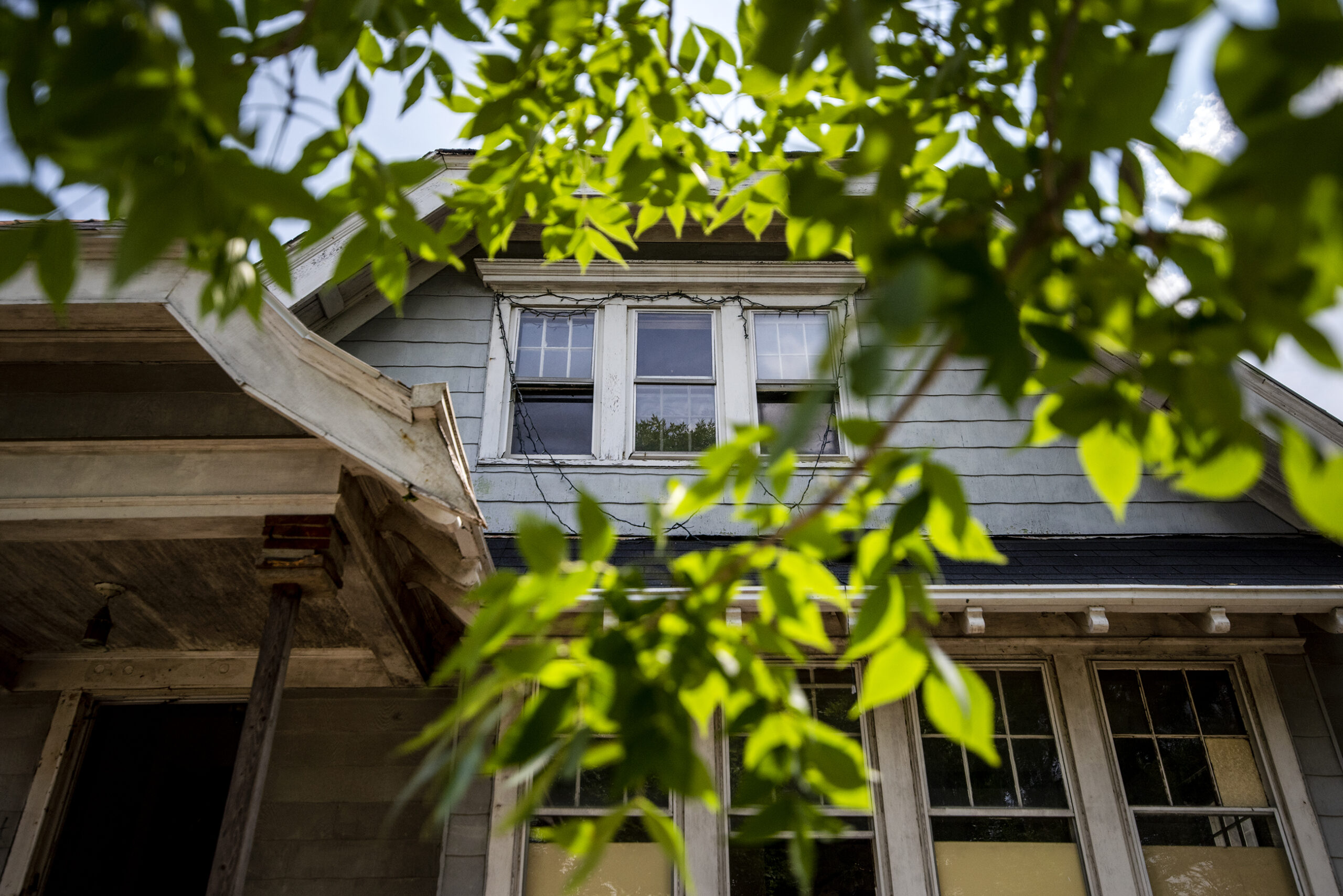
Minneapolis adopted very similar changes 5 years ago
In 2019, the city of Minneapolis adopted a plan that formalized zoning changes similar to those in Growing MKE, including allowing multi-family developments in single-family zones and easing apartment construction in commercial areas.
Since then, rents in Minneapolis have only grown by about 8.2 percent, according to the Realtor.com report.
A report by The Pew Charitable Trusts found that, between 2017 and 2022, rents in the city had grown 1 percent, compared to 14 percent statewide.
But Minneapolis’s zoning changes included the elimination of parking requirements, a policy that had been phased in since 2009.
The Pew report found 87 percent of all new housing units built in Minneapolis between 2017 and 2022 were in apartment buildings with over 20 units — the category of housing that benefited most from lower parking requirements. The report said the city’s policy of encouraging duplexes and triplexes in single-family zones had a “modest impact.”
Informational “open houses” for the Growing MKE plan will take place on Monday, Dec. 9 at Pulaski High School and Thursday, Dec. 12 at the Wisconsin Black Historical Society & Museum. Both will run from 5 p.m. to 7 p.m.
Editor’s note: this story has been updated to reflect the source of The Pew Charitable Trusts report on Minneapolis.
Wisconsin Public Radio, © Copyright 2025, Board of Regents of the University of Wisconsin System and Wisconsin Educational Communications Board.
